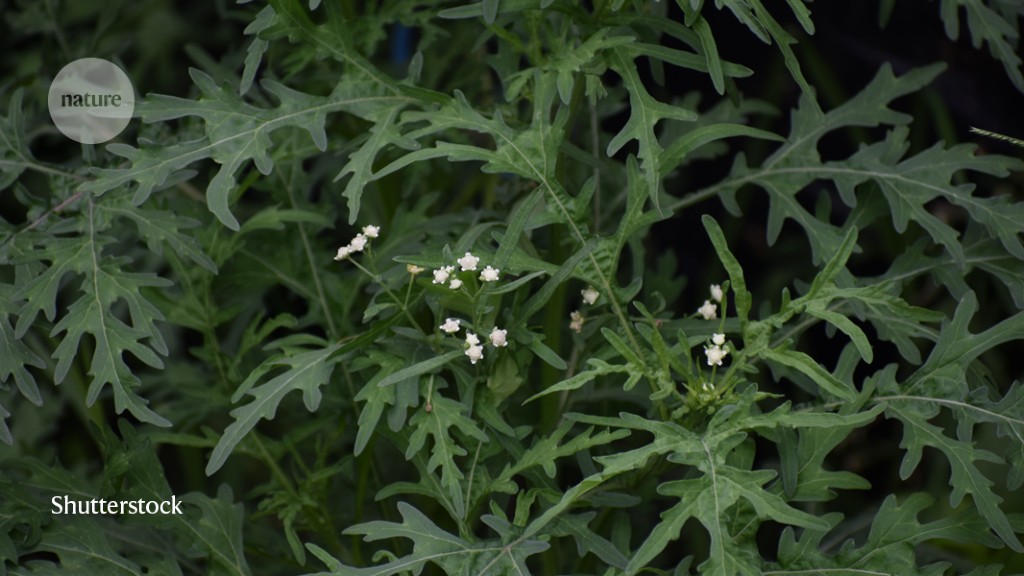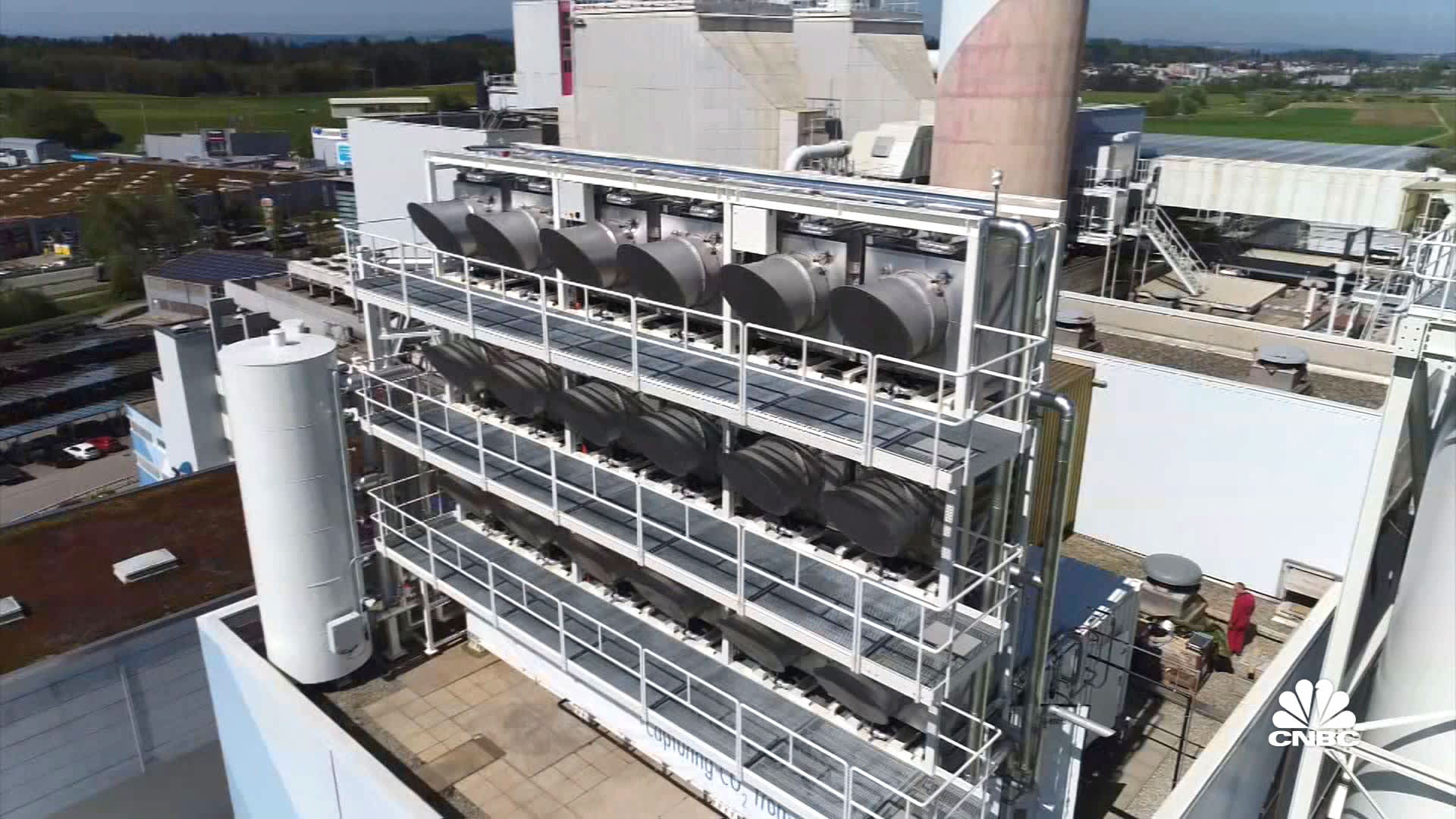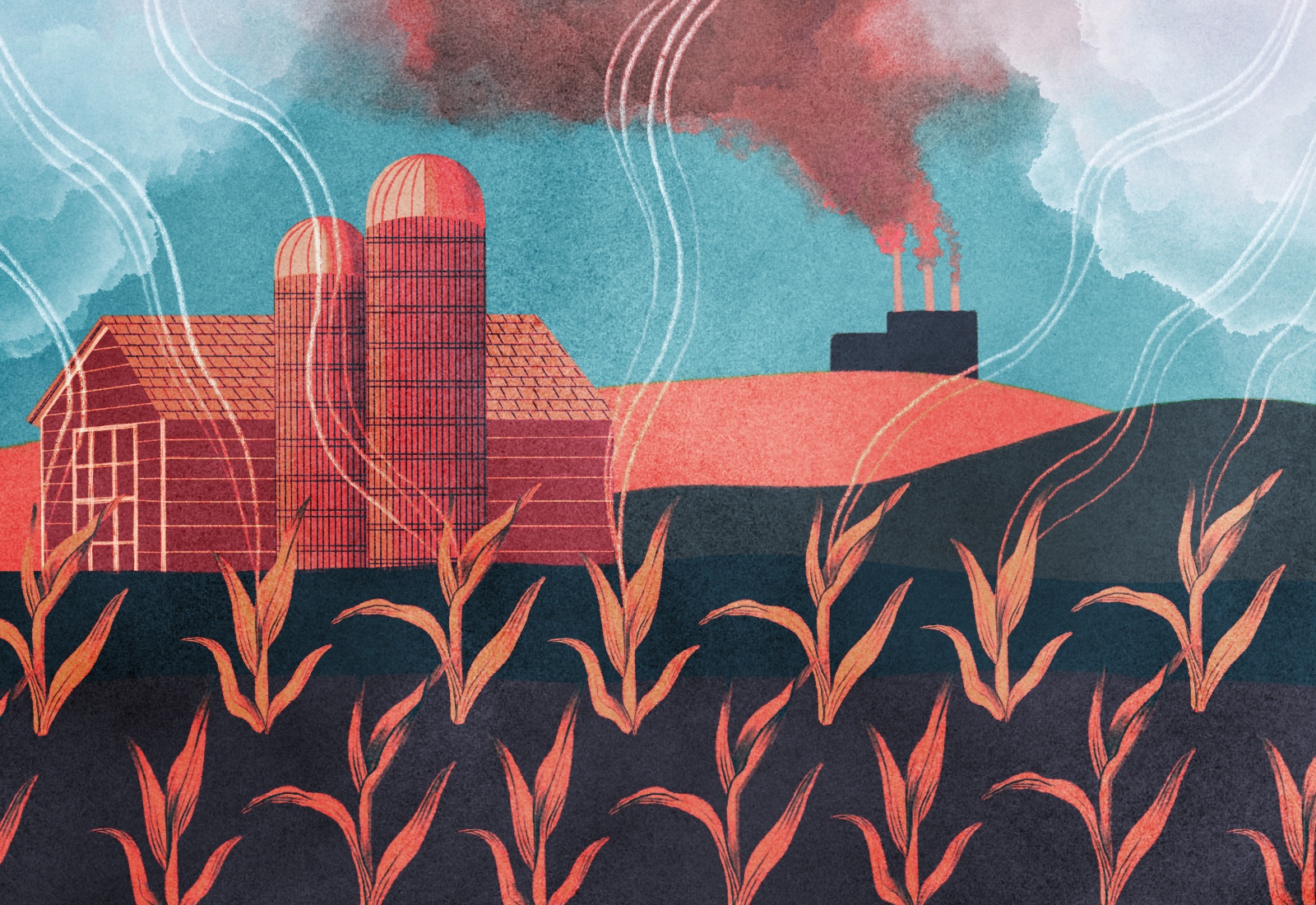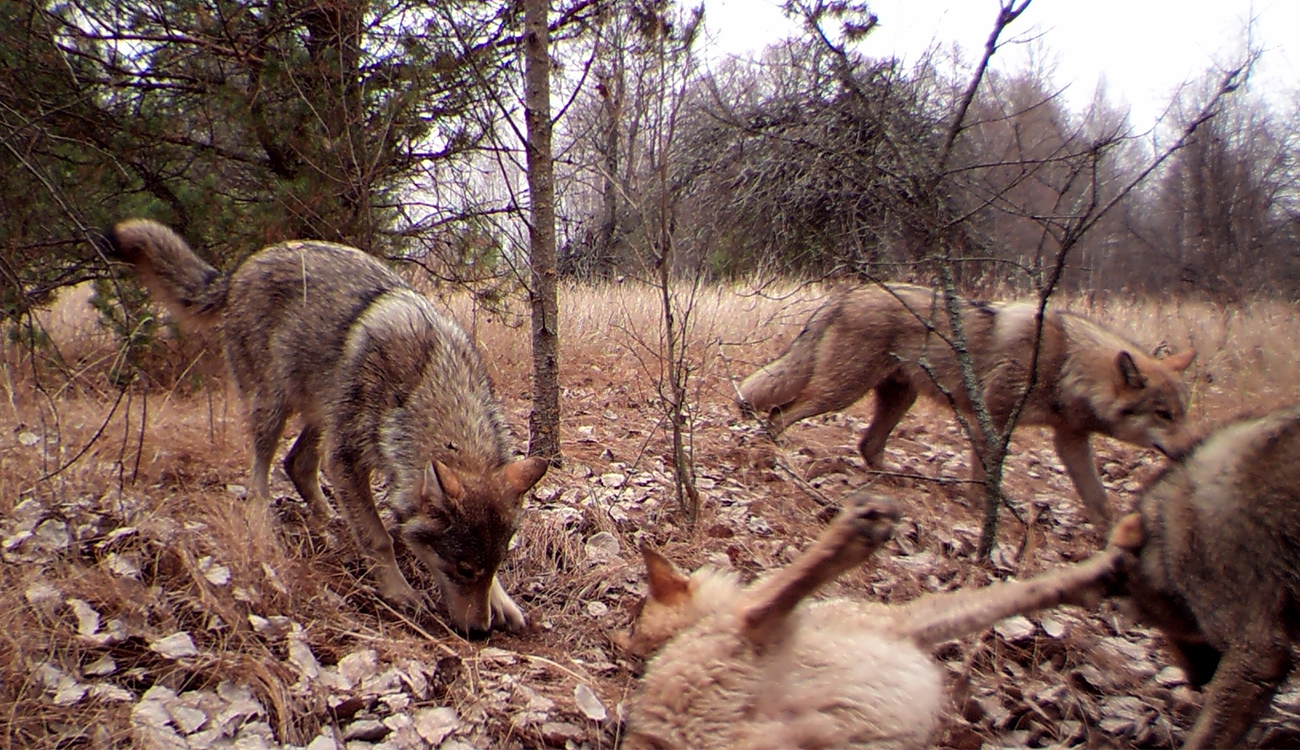
Menacing ‘famine weed’ grows more toxic as carbon levels soar
Rising levels of carbon dioxide in the atmosphere might have hastened the spread of famine weed, one of the most destructive invasive species on Earth. Credit: Shutterstock
Rising carbon-dioxide emissions have allowed a dangerous, invasive plant to become even more toxic, which might have helped it to push into new territory.
Famine weed (Parthenium hysterophorus), an herb native to the Americas, has infested regions across Africa, Asia and Australia for decades. The carbon-based toxin it secretes, called parthenin, suppresses the growth of nearby crops, contaminates the milk and meat of animals that ingest it, and causes dermatitis, hay fever and asthma in people.
Julie Wolf at the US Department of Agriculture in Beltsville, Maryland, and her colleagues conjectured that surging carbon-dioxide levels in the atmosphere could have contributed to the weed’s success by providing building blocks for the plant to ramp up its parthenin production.
The researchers grew two types of famine weed, one invasive and the other non-invasive, and exposed them to the atmospheric levels of carbon dioxide recorded in 1950 and 2020. In the invasive variety, parthenin concentrations peaked at the highest carbon levels. The results suggest that modern levels of carbon dioxide have contributed to the noxious weed’s toxicity.



























